Beyond the Binary: Artists Illustrate the Complexities of Gender
Richard M. DeVos Center Wall Gallery, Robert C. Pew Grand Rapids Campus
July 7 - December 15, 2023
Lake Ontario Hall Wall Gallery, Allendale Campus
January 5 - June 28, 2024
Building hours vary.
[1689362020].jpg)
(left to right) Artist Unknown, Untitled (Japanese Woman with Fan), n.d., 2020.1.396, Gift of Charles Schoenknecht and Ward Paul; Patrick Millard, Formatting Gaia: Intravenous Restore, 2007, 2021.80.4, Gift of Michael and Mary Millard; Artist Unknown, Untitled (Portrait of a Couple), ca. 1900, L11.2022.348, Promised Gift of Charles Schoenknecht and Ward Paul; Jonathan Eloi Lantiegne, Daya M. Chaunte, 2023, 2023.24.2, GVSU Collection; Shyamu Ramdev, Krishna, The Divine Lover, n.d., 2006.086.1, GVSU Collection
Fluid or firm, evolving or traditional, apathetic or passionate; gender is expressed by artists in many ways, echoing concepts that vary across cultures and time. Traditionally, the term gender refers to the social and cultural behaviors associated with being a man, woman, or other gender identity. And for as long as artists have visualized the human body, they have contemplated representations of gender, provoking conversations through creative possibilities of the traditional male-female binary and beyond.
Artists are often at the forefront of change, reflecting on and visualizing a response to social, cultural, and political concerns. As concepts and understanding of gender and sexuality have evolved, artists have increasingly used their work to explore this topic and advocate for broader understanding and acceptance. They ask viewers to consider how others experience their gender and why society assigns roles and responsibilities based on gender, sometimes in very rigid ways.
Drawn from the Grand Valley State University collection, Beyond the Binary: Artists Illustrate the Complexities of Gender brings together a variety of works that reflect diverse understandings of gender. The pieces prompt questions about the physical representation of the body concerning gender, as well as how gender is deeply tied to clothing, hairstyle, posture, and adornment. This exhibition also coincides with recent growth in artistic expression surrounding gender and a rising acceptance of increasingly fluid notions of gender. Most importantly, it raises questions about how we see ourselves and others in a culture that desires to illuminate our complexity.
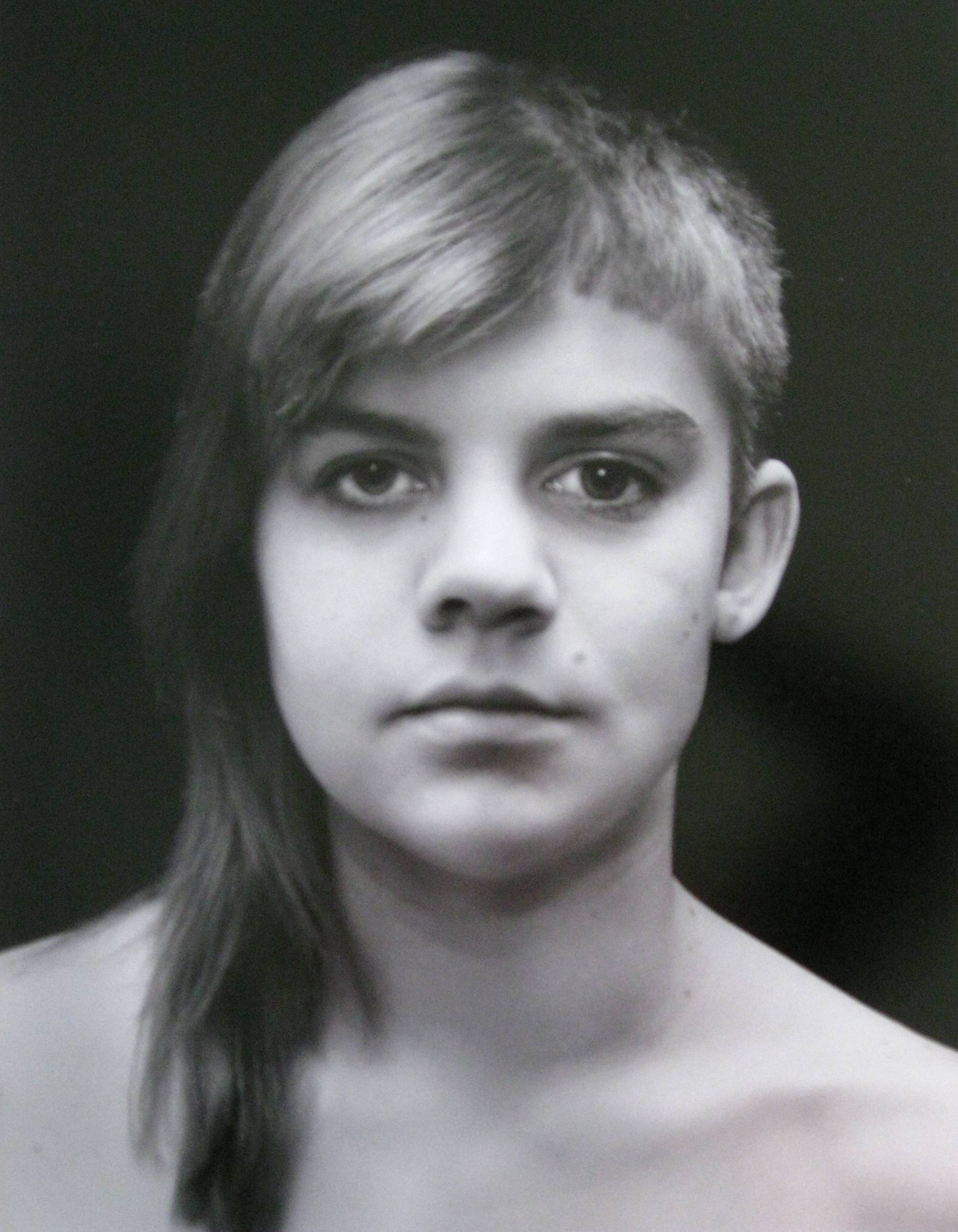
Sarah Beth Laman, Sister/Brother 1, 2011, 2011.43.1, GVSU Collection
How does the way people wear their hair reflect gender and identity? Sarah Beth Laman’s Sister/Brother 1 photograph confronts the viewer with a nearly seamless, single image of the artist and her brother as one. Only the long hair on the left and short cropped hair on the right offer visual clues to the origins of the composition. Upon closer inspection, the work also pushes the viewer to consider issues of identity, family genetics, and gender.
A traditional portrait usually says something about an individual. It's expected that the portrait will reflect something about that person or that it will represent that person in some sort of profound way. I decided to go beyond that defintion, by turning two people into one. The Laman Family Portrait Project is a group of images dealing with issues of identity, aging, family dynamics, and family stereotypes. With the rise of photography, we have gained a deeper knowledge of our physical traits and seen them transform and reappear over several generations. What I have strived to discover is what it means to have a biological relationship and how genetics affect how we perceive one another. – Sarah Beth Laman
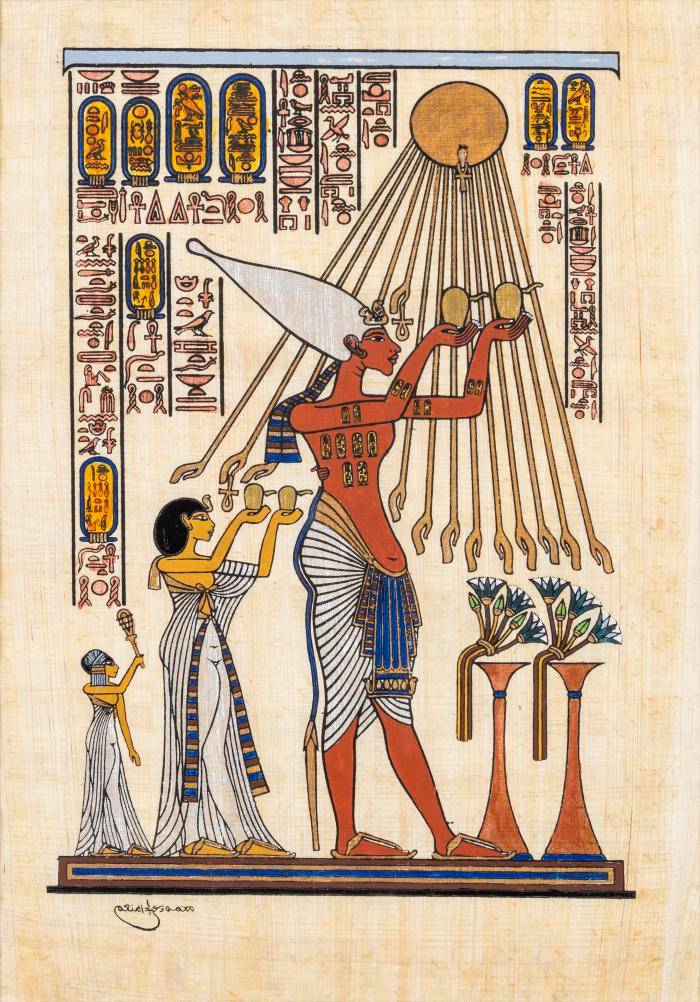
Artist Unknown, King Akhenaten & Nefertiti with their Family, 2003 (modern copy), 2003.077.1, Gift of the Egypt: Land of Pharaohs and Mysteries Tour Participants, 2003
How have artists shown both male and female attributes in deities and the ruling class? During the reign of King Akhenaten of ancient Egypt, portrayals of the pharaoh shifted away from the traditional youthful and athletic male body of his predecessors to that of a more unconventional androgynous body accentuated with broad hips, thick lips, a sagging belly, and more defined breasts. Akhenaten introduced Aten as the sole god of the ancient Egyptian state worship during his reign, the creator god referred to as the mother and father of humankind. Scholars believe artist’s rendered Akhenaten’s likeness with Aten’s androgynous characteristics to align him with the god and contrast him from the common people.
The image on the right demonstrates a figural and emblematic manifestation of the composite form of Hindu deities Shiva and Shakti. In Hinduism, the divine masculine energy takes the form of the god, Shiva, and a divine feminine energy takes the form of the goddess, Shakti. Hindus believe that these energies are alive in both men and women, and when united, there is complete balance, joy, and presence. In this composite rendering by an unknown Indian artist, gender differences are indicated on each side by different clothing, skin color, and a curvaceous hip. The two genders are different, split down the middle, but form one androgynous body.
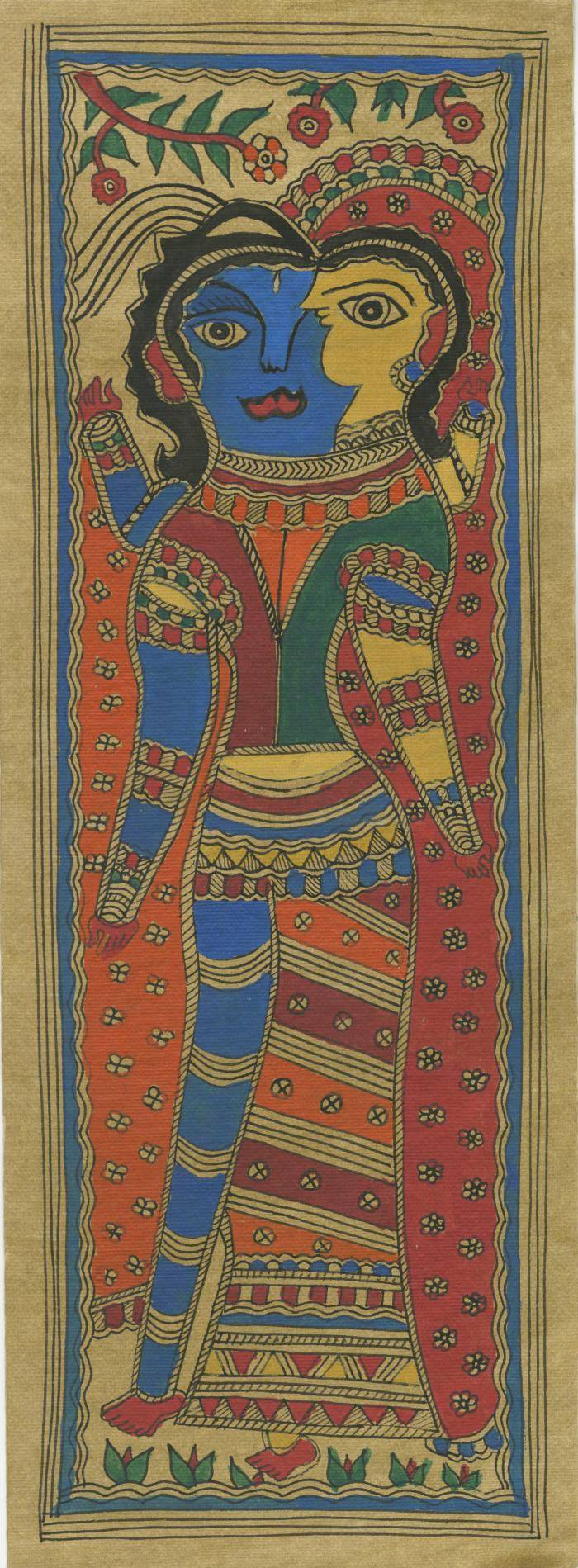
Artist Unknown, Shiva and Shakti, 2008.528.6, Gift of the Incredible India Tour Participants, 2008
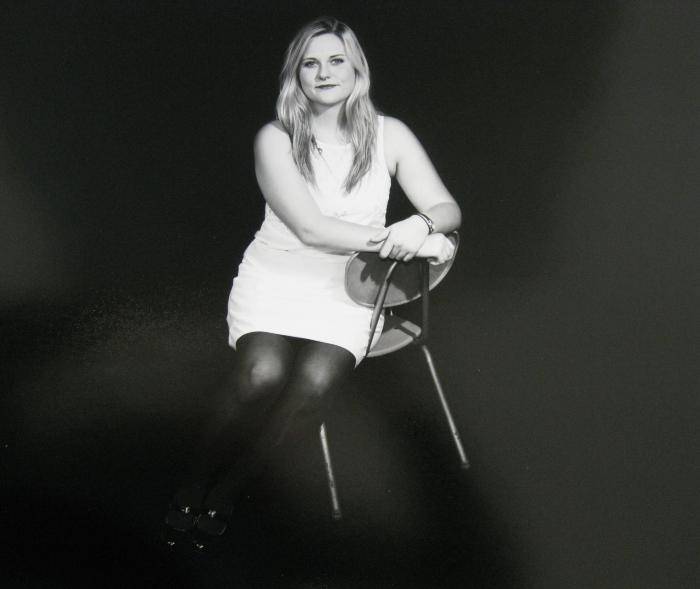
Danielle Lutz, Marissa, Feminine, 2014, 2014.12.1, GVSU Collection
This series explores the idea of “doing gender,” a term coined by sociologists Candace West and Don Zimmerman, in which gender is an active and constant accomplishment. Our culture has created a gender system in which we determine certain characteristics to be either masculine or feminine, and we learn from a young age which of these characteristics is appropriate for men or women. - Danielle Lutz
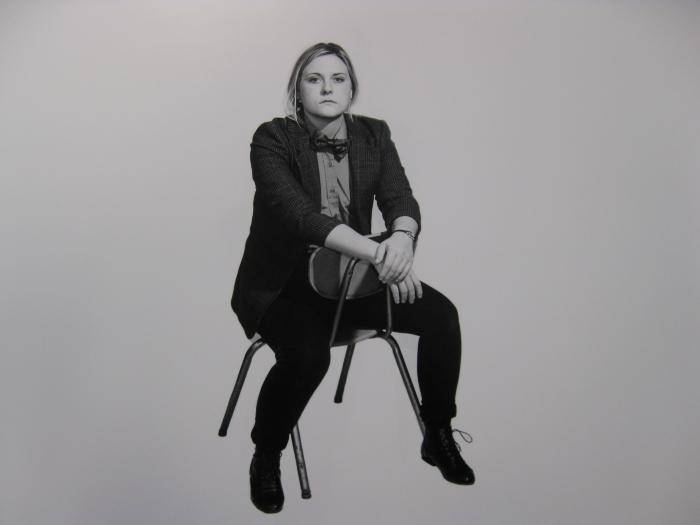
Danielle Lutz, Marissa, Masculine, 2014, 2014.124.2, GVSU Collection
Location
July 7, 2023 - December 14, 2023
DeVos Center Wall Gallery
Richard M. DeVos Center, Building B
401 West Fulton Street
Grand Rapids, MI 49504
For directions and parking information visit www.gvsu.edu/maps.
Contact
For special accommodation, please call:
(616) 331-3638
For exhibition details and media inquires, please email:
Joel Zwart, Curator of Exhibitions
[email protected]
For learning and engagement opportunities, please email [email protected].
